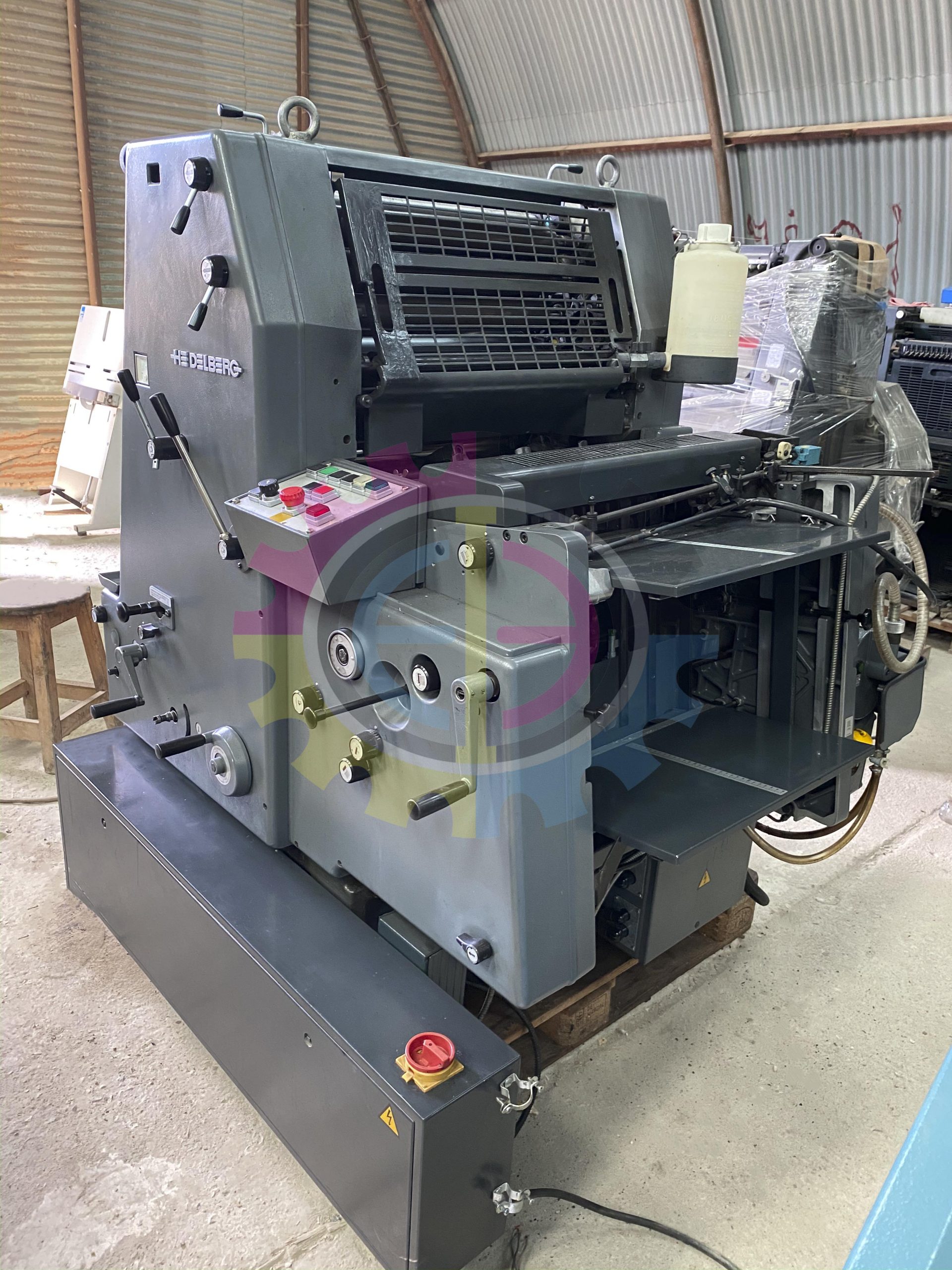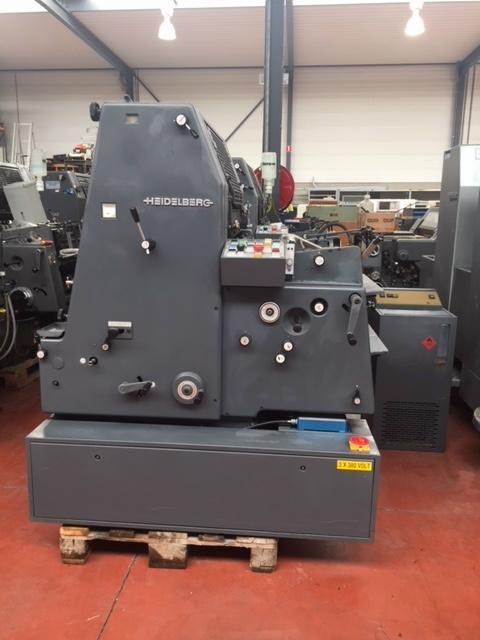

A few of its common applications include: newspapers, magazines, brochures, stationery, and books. Offset lithography is one of the most common ways of creating printed materials. This includes converting to the proper CMYK color model, finalizing the files, and creating plates for each color of the job to be run on the press.

This stage makes sure that all files are correctly processed in preparation for printing.

One of the important functions in the printing process is prepress production. McBrayer invented the Vanguard web offset press for newspaper printing, which he unveiled in 1954 in Fort Worth, Texas. Charles and Albert Harris modeled their press "on a rotary letter press machine". The Harris Automatic Press Company also created a similar press around the same time. By 1907 the Rubel offset press was in use in San Francisco.

After further refinement, the Potter Press printing Company in New York produced a press in 1903. Rubel discovered in 1901-by forgetting to load a sheet-that printing from the rubber roller, instead of the metal, made the printed page clearer and sharper. Many printers, including Ira Washington Rubel of New Jersey, were using the low-cost lithograph process to produce copies of photographs and books. Photoengraving, a process that used halftone technology instead of illustration, became the primary aesthetic of the era. Later, the cardboard covering of the offset cylinder was changed to rubber, which is still the most commonly used material.Īs the 19th century closed and photography became popular, many lithographic firms went out of business. The offset cylinder was covered with specially treated cardboard that transferred the printed image from the stone to the surface of the metal. This development combined mid-19th century transfer printing technologies and Richard March Hoe's 1843 rotary printing press-a press that used a metal cylinder instead of a flat stone. The first rotary offset lithographic printing press was created in England and patented in 1875 by Robert Barclay. In fact, the word "lithograph" historically means "an image from stone" or "printed from stone". This printing process was limited to use on flat, porous surfaces because the printing plates were produced from limestone. Lithography was initially created to be an inexpensive method of reproducing artwork.


 0 kommentar(er)
0 kommentar(er)
